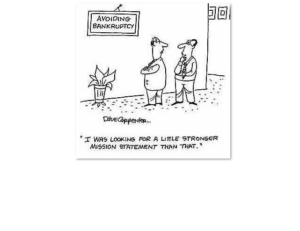The Small Company Administrative Rescue Process
SCARP Rescue
The Small Company Administrative Rescue Process (SCARP) is a new formal restructuring option for SMEs. Under this process, a company will restructure its balance sheet and write off debts in order to survive. This new system is designed to be a cheaper alternative to examinership, as it involves less court oversight. Companies can apply if they cannot pay their debts and have not filed for bankruptcy within the last five years.
The Small Company Administrative Rescue Process is a new corporate rescue mechanism that provides a fast and simple solution to a stricken company. It was introduced by the Government in December 2011 and came into effect on Tuesday 7 December 2021. Under the Act, a company may be restructured without having to go through the Examinership procedure. The SCRA process is not a substitute for an Examinership, and the scarp rescue can be used to resolve a stricken company.

Although the SCARP is a much shorter process than the Examinership procedure, it can still be costly for many SMEs. It is important to understand the difference between the two approaches. One method can save a company, but the other may not. Neither is necessarily right for your business. For example, in a case of an examinership, the process can take a while, so it is imperative to know the facts before deciding whether the process is right for you.
The Small Company Administrative Rescue Process
The SCRAP is an alternative to examinership for SMEs that do not have a high risk of failure. It is also a low-cost alternative to an examination and can help save a company’s jobs. The new process has been endorsed by the Government’s Small Company Regulatory Response Team. The SCRAP is a priority for the SME sector and is likely to be introduced before the end of the year.
The SCARP is a low-cost alternative to examinership, but it is not right for every company. Not all of them can qualify for the SCARP. Only companies with an adequate amount of assets can qualify. The SCARP will help companies keep operating. It will also guarantee its creditors a certain percentage of their debt over a period of time. There is no court involvement required. A SCARP can help a company’s cash flow by transferring its voting rights to a guarantor.
SCARP is an administrative process designed to save a small business from liquidation. It can be much cheaper than liquidation, and the SCARP process is a better option for the company’s creditors than a bankruptcy. The SCARP will take place after the directors have approved the resolution. SCARP will include a 21-day cooling off period after the initial resolution is approved. In the meantime, the SCARP will continue to run until it reaches its end.